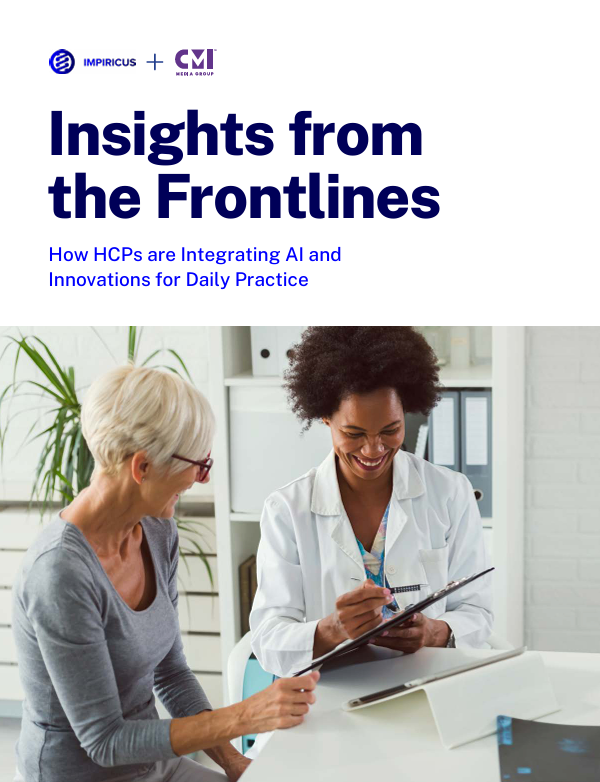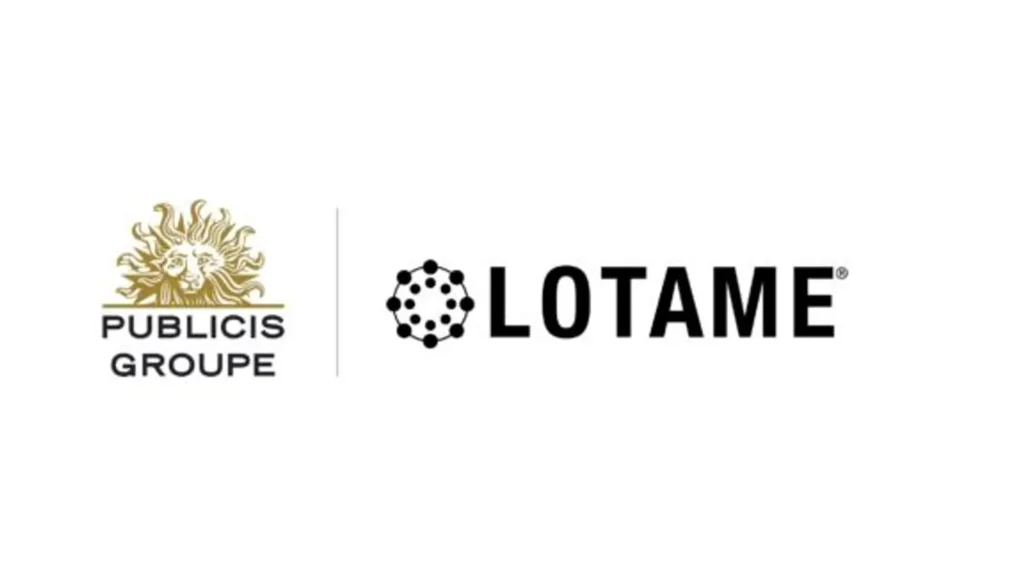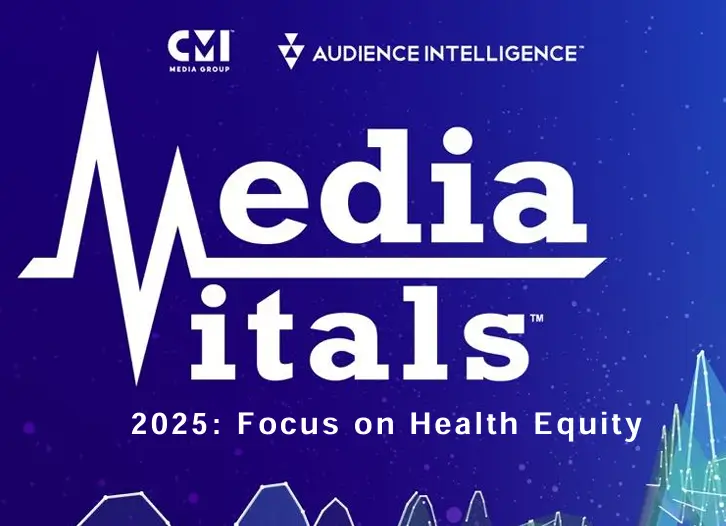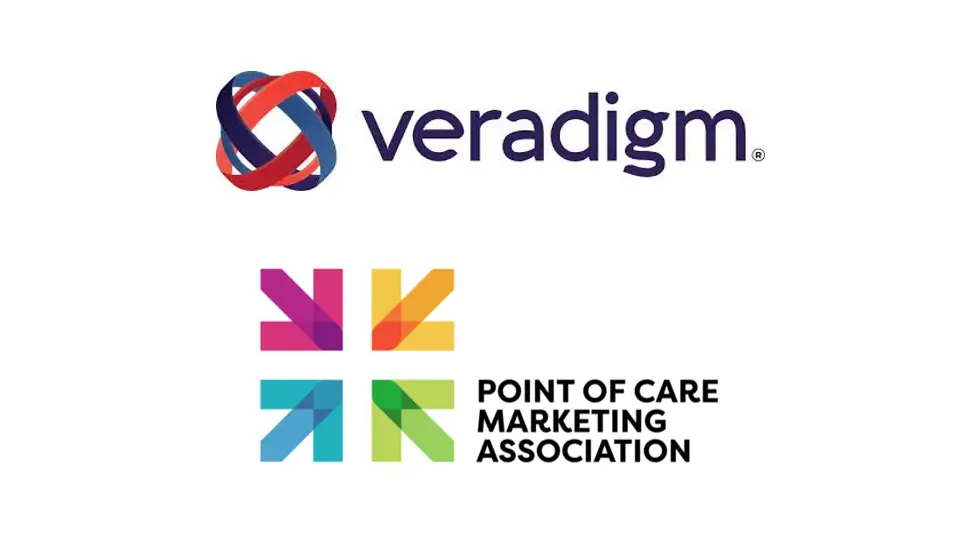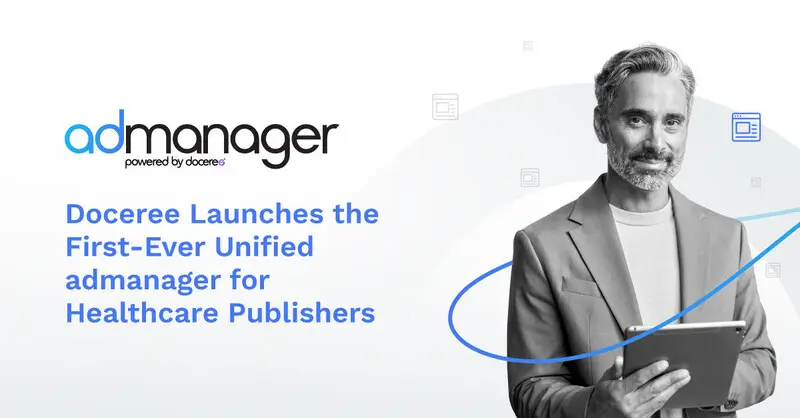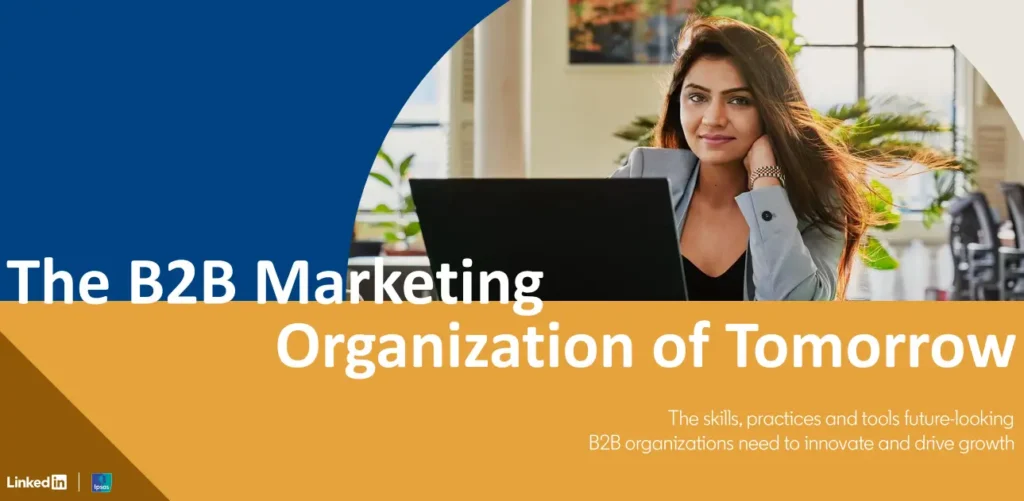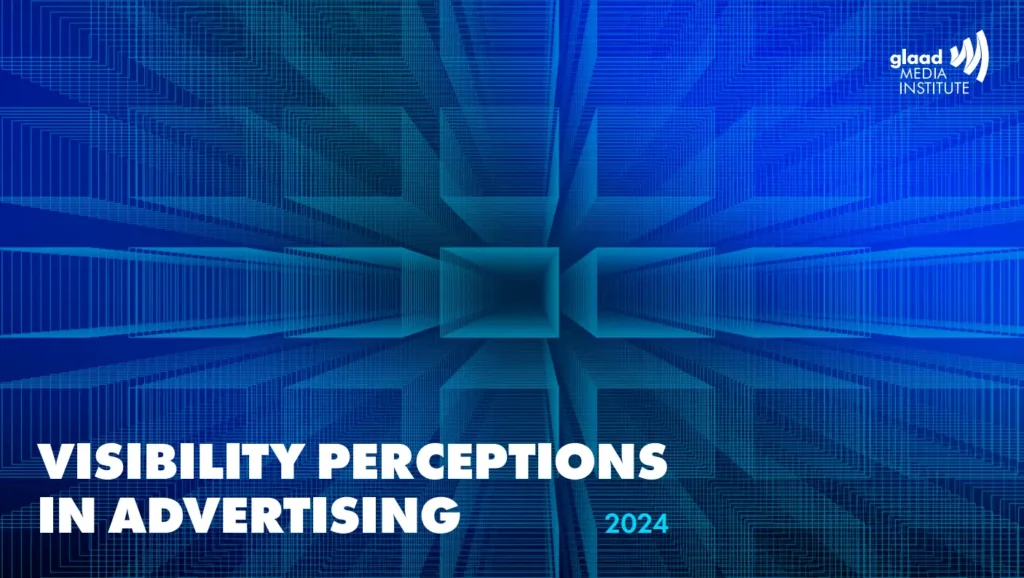The Strategic Role of Publications in Empowering Healthcare Professionals: Amplifying Reach and Impact
Examining how thoughtful strategies for extending the reach and engagement of publications can drive lasting impact


The medical landscape moves faster than healthcare professionals (HCPs) can keep up; they are inundated with new data and research daily. This makes the role of pharmaceutical executives and medical affairs leaders critical in ensuring that impactful clinical data reaches the right audience at the right time. The challenge lies not only in distributing this information effectively but in making sure it resonates and contributes to informed decision-making, ultimately improving patient care.
Publications have long been a cornerstone for disseminating new medical research. As peer-reviewed and trusted sources of information, they provide clinicians with the evidence needed to guide practice. However, as new data is released continuously, the window of attention for any given publication can be short-lived. Despite the high level of trust that clinicians place in publications, awareness of new studies tends to wane rapidly after their initial release. To maintain relevance and reach, there is an increasing need to extend the lifecycle of publications and communicate new findings in ways that keep the data top of mind for HCPs.
This article explores the importance of publications for healthcare professionals and examines how thoughtful strategies for extending the reach and engagement of these publications can drive lasting impact.
Publications as a Trusted Source for HCPs
In an era where information comes from countless sources, peer-reviewed publications remain the most trusted resource for HCPs. They offer a vetted, evidence-based foundation for making clinical decisions, particularly in complex fields such as oncology, immunology, and cardiology.
However, despite their credibility, publications can struggle to maintain awareness over time. According to an Altmetric Publication Analysis, the first few weeks after a publication’s release see the highest levels of engagement, with social media and news outlets amplifying the research to a broad audience. Yet beyond this initial surge, awareness can decline rapidly, even as citations may continue to grow in academic circles.
For pharmaceutical companies, this presents a challenge: how to keep critical clinical data in the hands of HCPs who need it long after the first wave of attention has passed.
The Importance of Strategic Communication in Extending Publication Impact
For many pharmaceutical companies, a single journal publication is no longer sufficient to drive long-term awareness and action among HCPs. Data must be communicated through multiple channels, in various formats, and at different points in time to ensure maximum reach and engagement.
HCPs today are busier than ever and consume information through a variety of platforms. Some prefer reading detailed articles, while others may opt for more accessible formats like videos, podcasts, or webinars. Pharmaceutical companies must therefore adopt a multi-channel approach, ensuring that their key messages are available in the formats HCPs find most useful.
More importantly, any communication strategy must be compliant with industry regulations, ensuring that promotional content is clearly separated from scientific data. This balancing act is critical to maintaining trust while maximizing the dissemination of new clinical insights.
Key Approaches for Enhancing Publication Engagement
To ensure that publications continue to drive impact beyond their initial release, pharmaceutical companies need to focus on extending their reach and engagement. A variety of strategies can help achieve this:
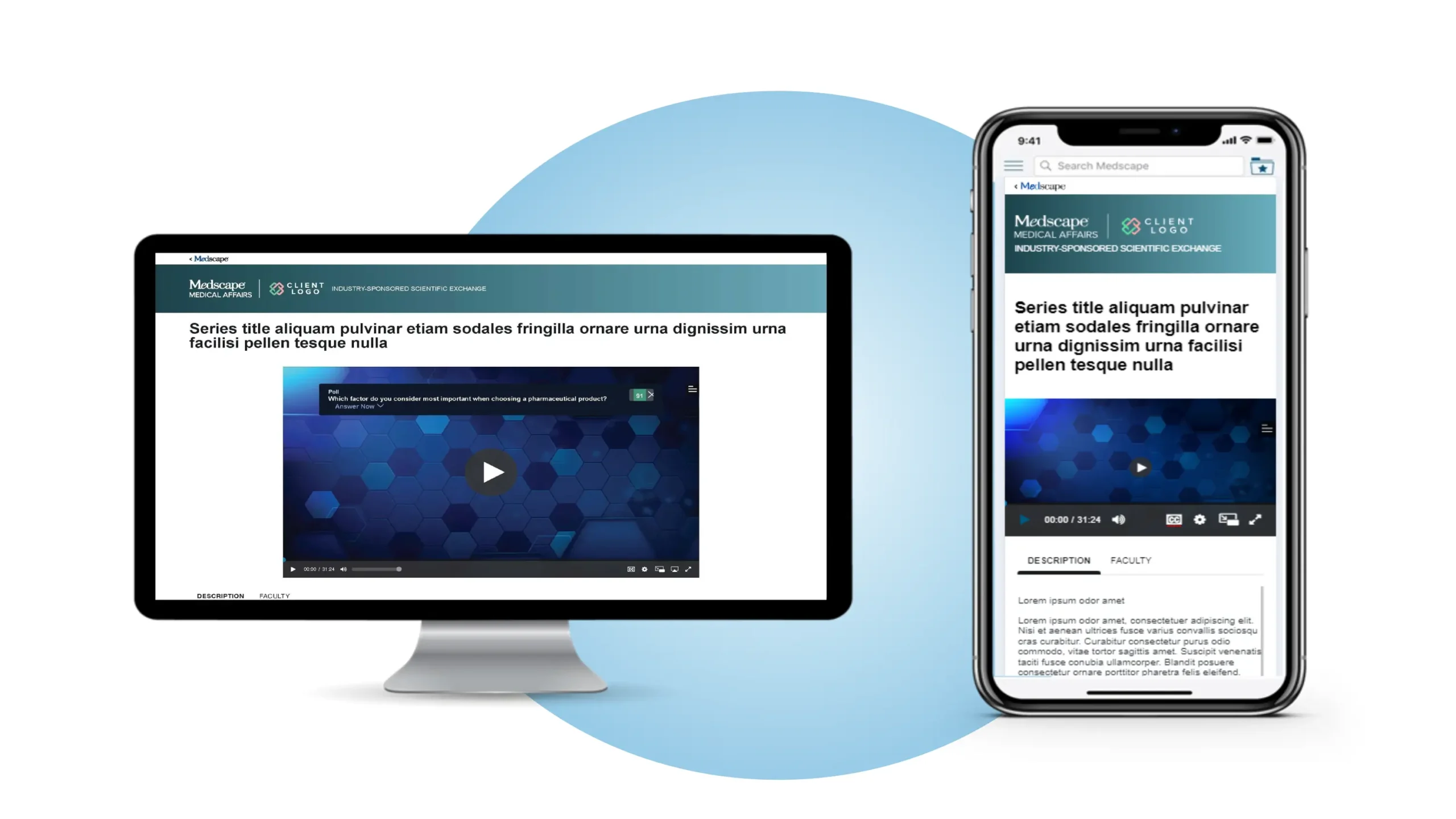

1. Multi-Channel Dissemination
In today’s digital world, relying solely on traditional journal articles is not enough to ensure that data reaches HCPs. Leveraging multiple channels—such as email alerts, social media, podcasts, and webinars—can significantly enhance the visibility of a publication. A comprehensive approach ensures that the research is seen by HCPs regardless of their preferred content format.
For example, email alerts that summarise the key findings of a study can bring the data directly to an HCP’s inbox, ensuring immediate awareness. Similarly, podcasts or short video summaries can make it easier for busy clinicians to engage with the content during their commute or between appointments.
2. Targeted Outreach to Key Audiences
Targeting is another crucial component of extending publication impact. While publications are available to all, it is often specific segments of the HCP community that can benefit most from particular studies. Identifying and engaging these groups through tailored communication ensures that the data reaches the right people—whether they are oncologists, cardiologists, or general practitioners.
Precision targeting can also be achieved through digital platforms that allow for customization based on an HCP’s specialty, geographic location, or even previous engagement with similar research. This ensures that the most relevant audiences are consistently exposed to the data that matters most to them.
3. Engagement Through Professional Communities
Engagement doesn’t stop at the initial dissemination of a publication. Encouraging discussion and interpretation of new data within professional communities is another way to extend the life of a study. Virtual panels, journal clubs, or expert discussions provide platforms where HCPs can explore the implications of new research, ask questions, and share insights with their peers.
These formats not only extend the reach of the publication but also facilitate deeper understanding and practical application of the data. HCPs are more likely to integrate new findings into their clinical practice when they have the opportunity to hear expert opinions and engage in meaningful discussions about the research.
4. Longitudinal Tracking of Impact
Finally, to assess the true impact of a publication, it’s important to track engagement over time. Beyond traditional citation metrics, tools that monitor the reach of digital content—such as views, downloads, and interactions—can provide valuable insights into how HCPs are engaging with a publication. This data allows pharmaceutical companies to adjust their strategies as needed, ensuring ongoing relevance, and maximizing the long-term impact of their research.
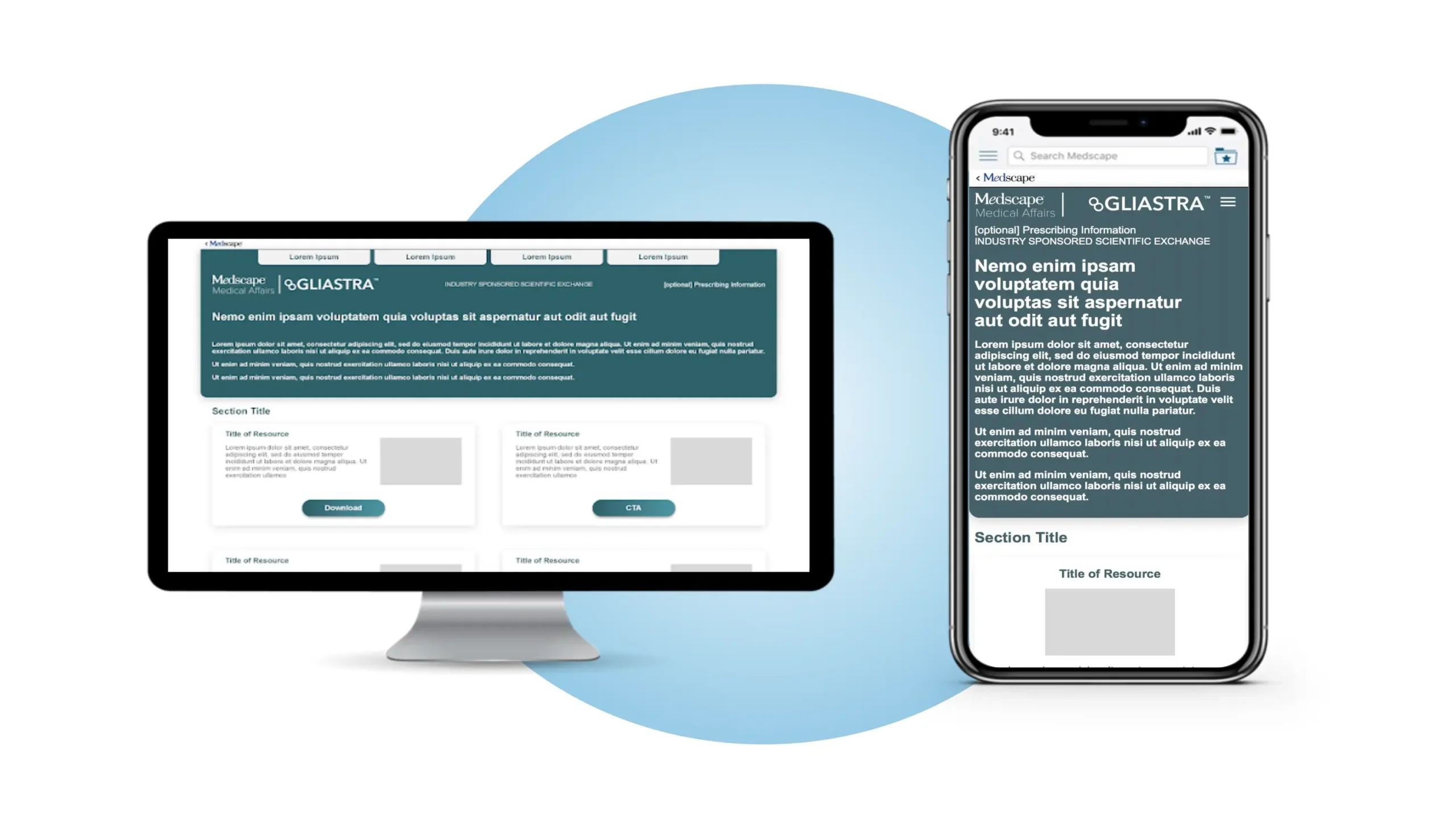

5. Publications: Powered by Medscape for Enhanced Engagement
For those looking to maximize the impact of their publications, Publications: Powered by Medscape offers tailored solutions designed to extend the reach of clinical data. With access to Medscape’s vast network of over 13 million HCPs, this service ensures guaranteed engagement by delivering publication access on a guaranteed basis through QXMD Read, Medscape’s publication platform, and multi-channel dissemination, with email alerts, video summaries, podcasts, and more. By offering flexible formats and precise targeting, Medscape helps pharmaceutical companies amplify the visibility of their research and track its real-world impact through robust reporting tools, ensuring that new data reaches the right audience and drives meaningful clinical change.
The Future of Medical Publications
In an era of information overload, ensuring that new data resonates with HCPs is a growing challenge for pharmaceutical companies. Publications remain a trusted source of information, but their influence can wane quickly without strategic efforts to maintain visibility and engagement.
By leveraging a multi-channel approach, targeted outreach, and community-driven engagement, pharmaceutical companies can extend the reach and impact of their clinical research. These efforts not only keep HCPs informed but also help ensure that new data drives meaningful changes in clinical practice—ultimately improving patient care.
As the industry continues to evolve, the ability to communicate complex data clearly and compliantly will remain a critical factor in shaping the future of healthcare. For pharma executives and medical affairs leaders, the challenge lies in not just publishing data, but ensuring that it continues to make an impact long after its release. In this endeavour, strategic planning, digital tools, and thoughtful engagement will play an essential role in driving the future of medical communication.



